
Indoor Gardening : Techniques, Benefits and Best Practices
- Home
- Indoor Gardening : Techniques, Benefits and Best Practices

Indoor Gardening : Techniques, Benefits and Best Practices

With urban living on the rise and outdoor spaces shrinking, indoor gardening has emerged as a sustainable, rewarding, and therapeutic hobby for millions worldwide. Indoor gardening allows individuals to cultivate a wide variety of plants inside their homes or offices, providing fresh air, greenery, and even food. This detailed guide will explore all aspects of indoor gardening, from selecting the right plants to optimizing environmental conditions for their growth. Whether you’re a novice or an experienced gardener, this comprehensive resource will help you cultivate a thriving indoor garden.
1. What is Indoor Gardening?
Indoor gardening refers to the practice of growing plants indoors in controlled environments, such as homes, offices, or greenhouses. Unlike outdoor gardening, which is subject to natural conditions like sunlight, rain, and temperature fluctuations, indoor gardening gives the gardener full control over these factors. This allows plants to thrive regardless of the weather or season.
Indoor gardening is more than just a hobby. It’s a solution for people living in urban spaces, where outdoor gardening is often impractical or impossible. Additionally, it provides an opportunity to grow plants year-round, which is especially useful for those who wish to cultivate edible plants or tropical species that may not survive outdoors in colder climates.
2. Benefits of Indoor Gardening : Indoor gardening offers numerous benefits beyond the aesthetic appeal of having greenery indoors. Let’s explore how it can improve your life:
2.1. Enhances Air Quality : Indoor plants naturally purify the air by absorbing carbon dioxide and releasing oxygen. Some plants, such as snake plants, peace lilies, and spider plants, go a step further by filtering out toxins like formaldehyde, benzene, and ammonia, contributing to a healthier indoor environment.
2.2. Boosts Mental Health : Gardening is a proven stress-reliever. Studies show that interacting with plants reduces anxiety, lowers blood pressure, and improves overall mood. Indoor gardening brings nature inside, creating a calming environment that fosters mental well-being.
2.3. Provides Fresh Produce : One of the most practical benefits of indoor gardening is the ability to grow your own herbs, vegetables, and even fruits. Fresh produce grown at home is often more nutritious and flavorful than store-bought options.
2.4. Improves Humidity Levels : Indoor plants release moisture into the air through a process called transpiration. This can help improve indoor humidity levels, which is particularly beneficial during winter when indoor heating can dry out the air.
2.5. Aesthetic and Decorative Appeal : Indoor plants can transform any space, adding beauty and vibrancy. Vertical gardens, terrariums, and hanging planters offer creative ways to incorporate greenery into your home decor.
3. Types of Indoor Gardening : There are several ways to approach indoor gardening, depending on your space, budget, and preferences. Here are some popular methods:
3.1. Container Gardening : Container gardening involves growing plants in pots, containers, or planters. It’s one of the most versatile and common methods, suitable for both small and large spaces. You can easily move the containers around to optimize light exposure or change the layout of your garden.
Advantages:
Easy to start and maintain
Portable and flexible
Ideal for small spaces
Popular Plants: Herbs (basil, mint, rosemary), ornamental plants (succulents, spider plants), and small vegetables (cherry tomatoes, peppers).
3.2. Vertical Gardening : Vertical gardening maximizes space by growing plants upwards instead of outwards. This method is ideal for small apartments or homes with limited floor space.
Advantages:
Space-saving
Visually striking
Suitable for both indoor and outdoor settings
Popular Plants: Ferns, pothos, ivy, and flowering plants like orchids.
3.3. Hydroponic Gardening : Hydroponics is a soilless gardening technique where plants are grown in a nutrient-rich water solution. It’s a highly efficient method that allows plants to grow faster and produce higher yields compared to traditional soil-based gardening.
Advantages:
Faster growth
No soil, reducing the risk of pests
Efficient use of water and nutrients
Popular Plants: Leafy greens (lettuce, spinach), herbs, and strawberries.
3.4. Aquaponic Gardening : Aquaponics combines hydroponics with aquaculture, the practice of raising fish. The fish produce waste that is converted into nutrients for the plants, creating a self-sustaining ecosystem.
Advantages:
Sustainable and eco-friendly
Produces both plants and fish
Low maintenance once established
Popular Plants: Leafy greens, herbs, and aquatic plants.
3.5. Terrariums: Terrariums are miniature gardens enclosed in glass containers. They require minimal maintenance and are perfect for adding a touch of greenery to small spaces or as decorative pieces.
Advantages:
Low maintenance
Decorative and aesthetic
Great for small spaces
Popular Plants: Mosses, ferns, succulents, and air plants.
4. Essential Elements for Successful Indoor Gardening : To ensure your indoor plants thrive, it’s essential to provide them with the right environmental conditions. Let’s explore the key factors that influence plant health:
4.1. Light : Light is crucial for photosynthesis, the process by which plants produce energy. However, not all indoor spaces have access to ample natural light.
Natural Light: South-facing windows offer the most sunlight, making them ideal for sun-loving plants like succulents and cacti. East and west-facing windows provide moderate light, suitable for plants that prefer indirect sunlight.
Artificial Light: For spaces with limited natural light, artificial lighting is a viable solution. LED grow lights, UV lights, and fluorescent bulbs can provide the necessary light spectrum for plant growth. Nexsel Tech’s LED grow lights, for instance, are designed to optimize plant growth in vertical green walls and indoor gardens.
Here is the Best Indoor Gardening LED Lights for growing your plants –
4.2. Temperature : Most indoor plants thrive in temperatures between 18°C to 24°C (65°F to 75°F). Extreme temperature fluctuations can stress plants, so it’s important to maintain a consistent environment.
Tips:
- Keep plants away from drafts, air conditioners, and heaters.
- Monitor temperature regularly using a digital thermometer.
4.3. Humidity : Many indoor plants, especially tropical species, require higher humidity levels than what is typically found indoors.
Ways to Increase Humidity:
- Use a humidifier near your plants.
- Place a tray of water with pebbles beneath the plant pots.
- Group plants together to create a microclimate.
4.4. Soil : The right soil mix is critical for indoor gardening. It should be well-draining to prevent waterlogging, which can lead to root rot.
Tips:
- Use a mix of potting soil, perlite, and organic matter like compost.
- Consider using soilless mediums like coco coir or peat moss for certain plants.
4.5. Watering : Overwatering is a common mistake in indoor gardening. Each plant has different water requirements, so it’s important to understand the needs of your specific plants.
Tips:
- Check the soil moisture level before watering.
- Use pots with drainage holes to prevent water from accumulating at the bottom.
- Water less frequently during the winter months when plant growth slows down.
5. Choosing the Right Plants for Indoor Gardening : Selecting the right plants is crucial for a successful indoor garden. Here are some popular choices based on light requirements:
Low-Light Plants
- Snake Plant (Sansevieria)
- ZZ Plant (Zamioculcas zamiifolia)
- Peace Lily (Spathiphyllum)
Medium-Light Plants
- Spider Plant (Chlorophytum comosum)
- Pothos (Epipremnum aureum)
- Philodendron
High-Light Plants
- Succulents (Echeveria, Haworthia)
- Fiddle Leaf Fig (Ficus lyrata)
- Citrus Trees
6. Advanced Indoor Gardening Techniques
6.1. Pruning and Training : Pruning helps maintain plant shape, remove dead or diseased leaves, and encourage new growth. Training techniques like staking or using trellises can help support climbing plants.
6.2. Fertilizing : Indoor plants require periodic fertilization to replenish nutrients. Use a balanced, water-soluble fertilizer and follow the recommended application rates for each plant species.
7. Smart Indoor Gardening: Leveraging Technology : Modern indoor gardening can be enhanced with smart technology:
- Smart Irrigation Systems: Automate watering schedules for consistent moisture.
- Grow Light Timers: Control the duration and intensity of artificial lighting.
- Plant Monitoring Apps: Track plant health, light exposure, and watering needs through smartphone apps.
8. Common Challenges and Solutions
| Challenge | Solution |
|---|---|
| Insufficient Light | Use LED grow lights or relocate plants. |
| Overwatering | Check soil moisture and use well-draining soil. |
| Pest Infestations | Apply neem oil or insecticidal soap. |
| Low Humidity | Use a humidifier or pebble trays. |
9. Conclusion : Indoor gardening is a rewarding endeavor that brings nature indoors, offering numerous physical and mental health benefits. By selecting the right plants, optimizing environmental conditions, and leveraging modern technology, you can create a thriving indoor garden that enhances your living space and enriches your life.
Start small, experiment with different techniques, and watch your indoor oasis flourish!
- Blog Categories
- Basic of Artificial Lighting for Plants
- Basic of grow Light
- Case Studies
- General Awareness
- Indoor Vertical Farming
- Medical Plant Research
- Online Tool
- Pitch Grow Light
- Plant Lighting Measurement
- Speed Breeding
- Supplemental Lighting
- Tissue Culture Grow Lights
- Vertical Green Wall
- LED Grow Lights
- Pharma Segment
- General
Popular Products

Enquire Now
Quick Link
Other Links
Design & Developed By VBTEK






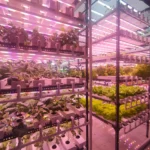
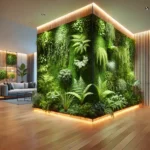







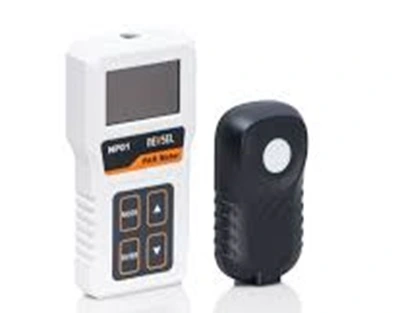


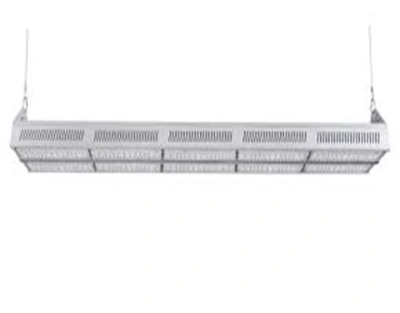

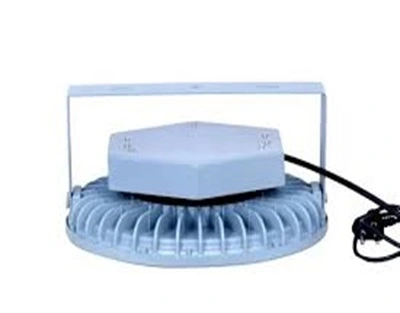


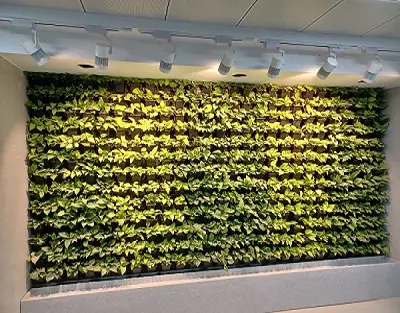





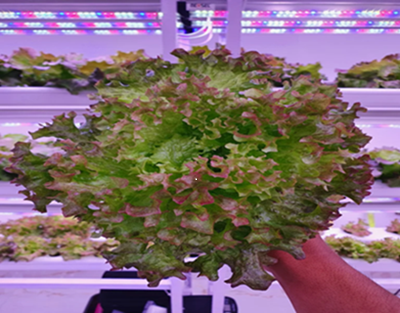




Leave A Comment